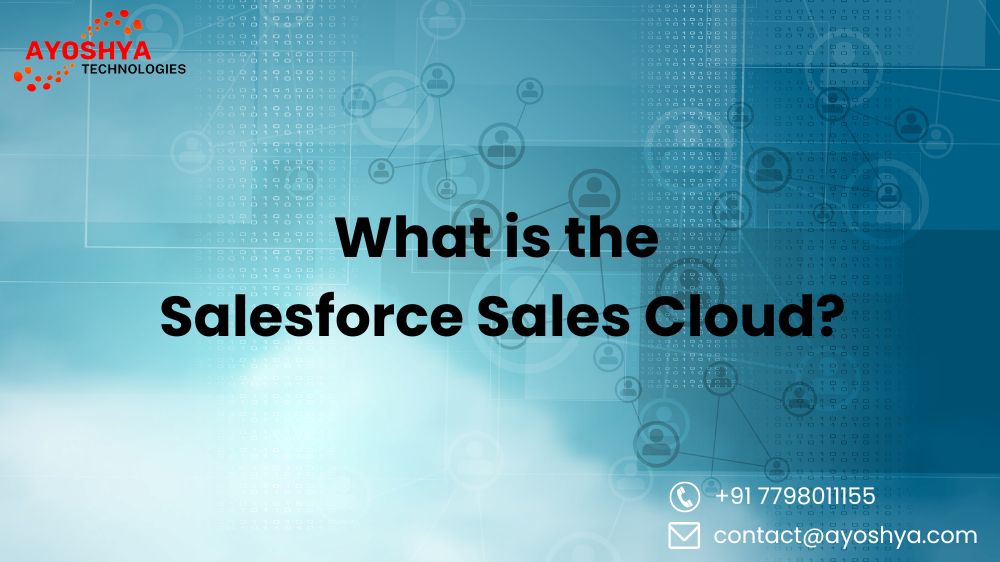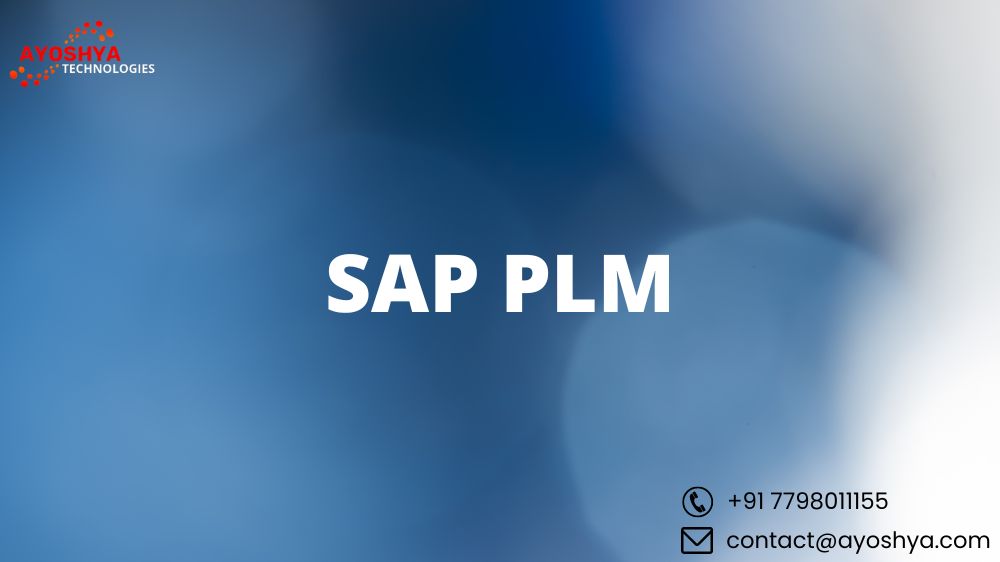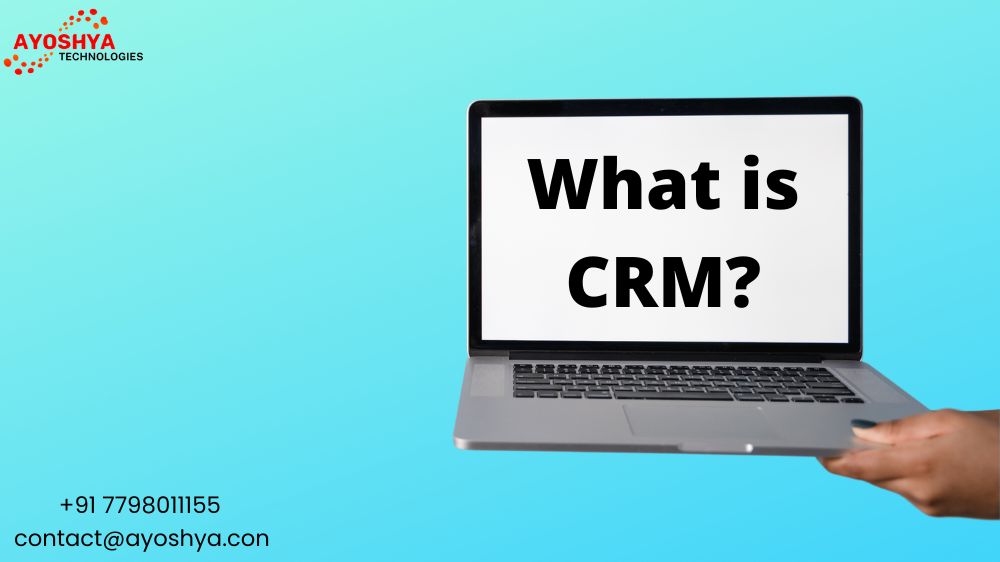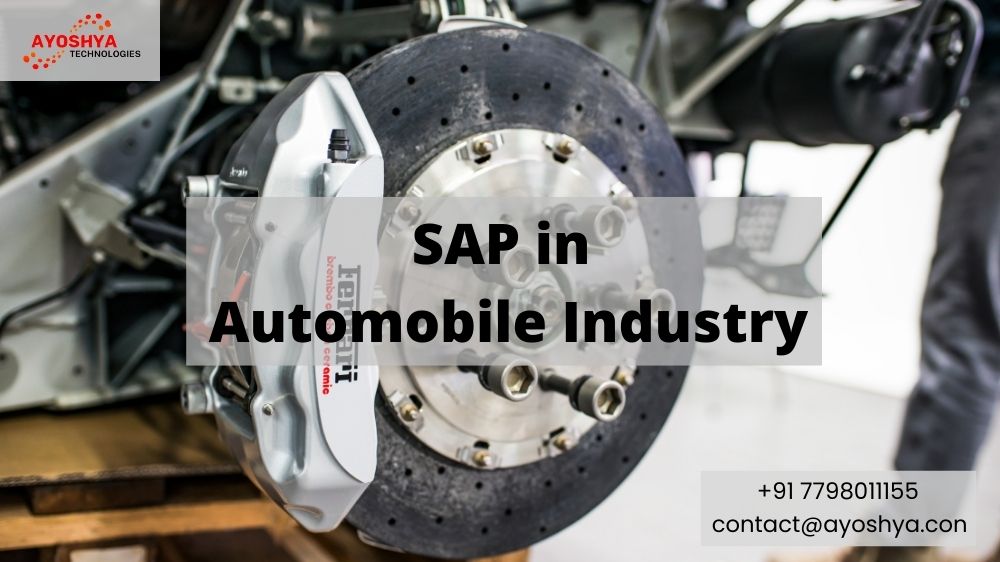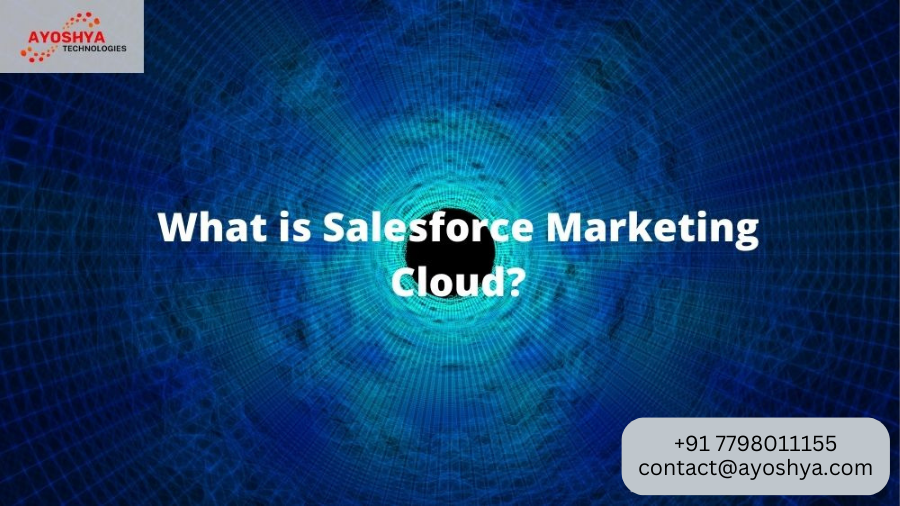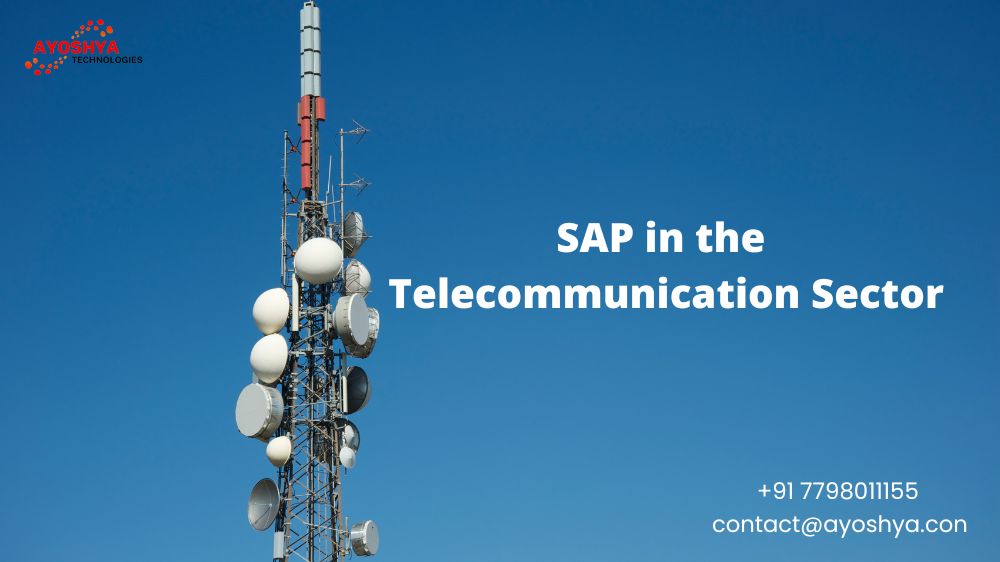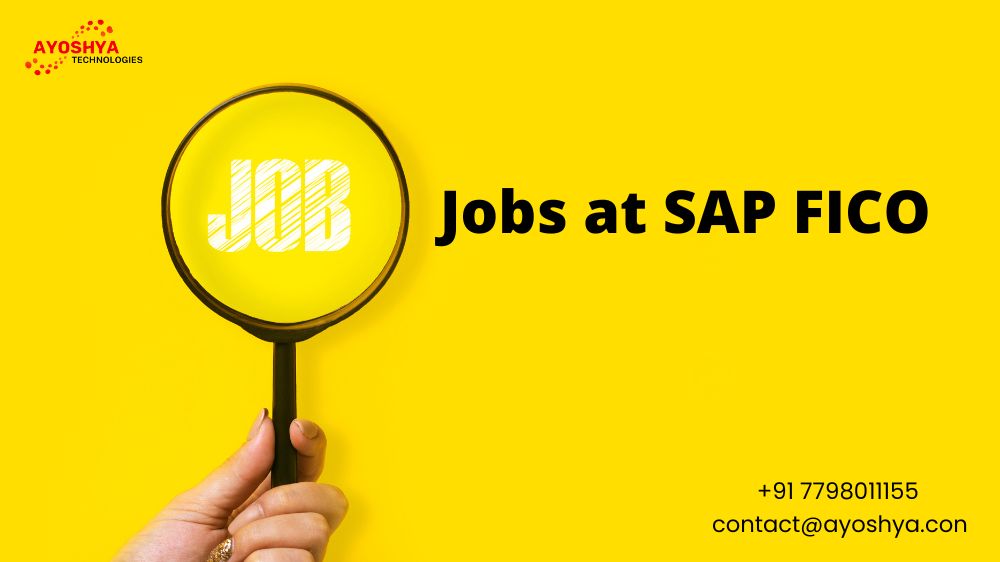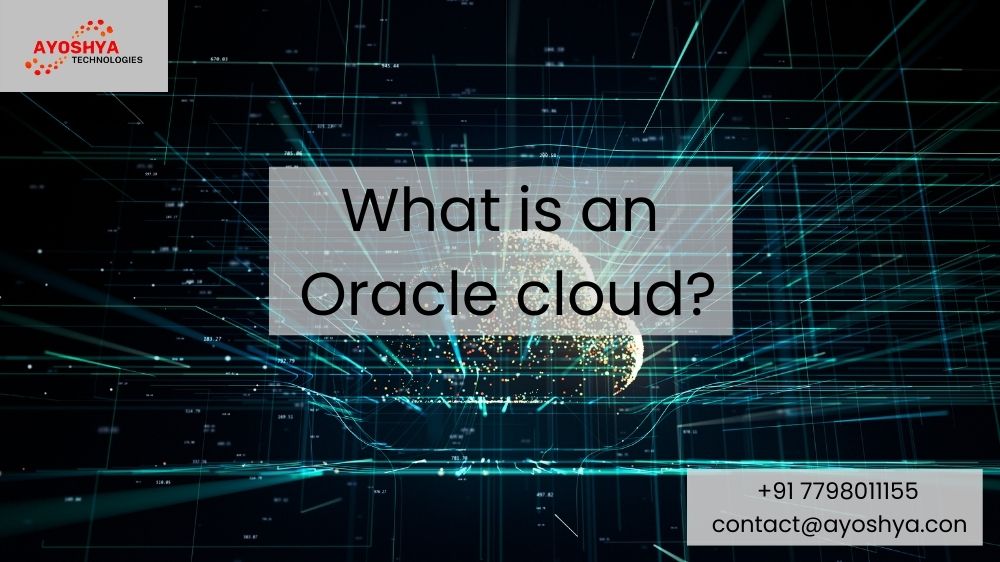What is the salesforce sales cloud?
Salesforce Sales Cloud is a cloud-based CRM tool that increases salespeople’s effectiveness in B2B and B2C environments. Thanks to the Sales Cloud, you can identify more customers and close more transactions from any location.
The capacity of the sales, marketing, and support teams to collaborate and lead prospects through tailored customer journeys boosts the likelihood of retaining long-term customers. You can access client data from any device, even one that is offline, thanks to our sales cloud. This application enables you to record each client encounter, compile a customer history, and customize messaging.
If you wish to expand your reach, you can also immediately alter your sales strategy by identifying key areas and gauging team performance. Online lead gathering with auto-response rules is made possible by the Web-to-Lead functionality of the Sales Cloud. This Salesforce module might help you improve your bottom line by assisting you during every step of your sales process.
Why would I use it, then?
Think of the Sales Cloud as a hub from which every member of your team may input and retrieve data on a client engagement. Customer data that is dispersed over several documents, spreadsheets, and emails is unreliable, cumbersome, and provides no useful information. When this data is centralized, as it is in the Sales Cloud, it is helpful.
To obtain a real-time evaluation of how each prospect or customer is doing, your team may check in at any moment from a desktop or mobile device. You may create data visualizations, forecast your upcoming quarters, and spot trends. Additionally, Sales Cloud offers a range of customization options that let you perfectly adapt the platform to the needs, tone, and language of your audience.
It can be applied at any time and anywhere.
The name is self-explanatory. what is salesforce Sales Cloud stores your data on the cloud, allowing you to access it from anywhere, at any time, and with any device. Sales data has to be current and available in order to be helpful, and Sales Cloud offers both. There is no problem if your representative wishes to tape a call with a client while working from home. Can I complete a transaction when I’m on the road? Update the records on the fly.
Features:
Management of accounts and contacts
You may view customer interactions, history, important contacts, and customer activity with the Sales Cloud. Within Salesforce, you may get in-depth information about social networking sites.
Taking Control of Opportunities
Through opportunity management, it is possible to examine the transactions the team has made. You get access to every step as well as items, quotes, competitions, and other information. It contains all the information needed to complete the transaction.
Directing Leads
Using SalesCloud, you can follow your prospects throughout the sales process and maximize your efforts across all channels. It enables you to allocate your marketing budget more wisely.
Sales Information
With the help of Data.com, you may obtain the pertinent sales data when you need it. Planning regions and speaking with important decision-makers will be more quickly accomplished. Accurate data helps sales and marketing be more productive.
Mobile
Thanks to the Salesforce mobile software, your smartphone or tablet might function as a mobile sales office. You may view calls, leads, job offers, and dashboards from anywhere.
Workflows and Approvals
By leveraging Visual Workflows and Approvals, business processes can be quickly created and automated. There are various ways to obtain authorization to provide discounts, fees, and other things.
Sync and share files.
Sharing files, discussing them, publishing the best, and keeping track of your progress in real time has never been easier. You can easily find what you’re looking for, share it with others, and even sign up to receive notifications whenever anything changes.
Dashboards and reports
A dashboard provides you with a quick, up-to-date snapshot of your business. More detailed reports are readily available from anywhere.
Estimating sales
Get a succinct, understandable, and accurate summary of your team’s sales projection. Features like in-line editing, support for several currencies, override visibility, and a plethora of others are available to help you stay on top of your game.
A few of the platform’s immediate benefits are:
1. personalizing the sales process
Businesses can contest the existing quota by using the Sales Cloud. The module is made just for you, allowing you to be adaptable and change your procedures to meet the demands of both your staff and your consumers.
2. greater chance of success
Forget about talking to people in person while sitting at a desk. Today’s sales team can exchange information, obtain permissions, and complete transactions all from their smartphones thanks to the Sales Cloud!
Even better, the module is always being updated to meet customer needs. Customers are using technology more and more effectively, so we need to grow our company more swiftly. Without a doubt, the module illustrates this tactic.
3. Accurate foresight
The Salesforce Sales Cloud ensures that customer information is never lost. Reps won’t take information with them when they leave your business, which over time may enable you to anticipate more precisely. The concise and frequent updates to its reporting are a major advantage of Sales Cloud.
4. Enhance Productivity
If you’re looking for a better approach to evaluate your team’s monthly progress by comparing your progress to your quota, Sales Cloud can help. The efficiency of your plan may be ascertained through this data comparison, which can ease your worries. With Sales Cloud, reporting will be simpler and easier to handle.
5. Boosts Business Process Efficiency
Since Sales Cloud gives you the option to grow your process as necessary, your team may experiment with the ideal method for the module as the business climate changes. Users of the Sales Cloud can set up procedures that will enable them to grow their system along with their company.



